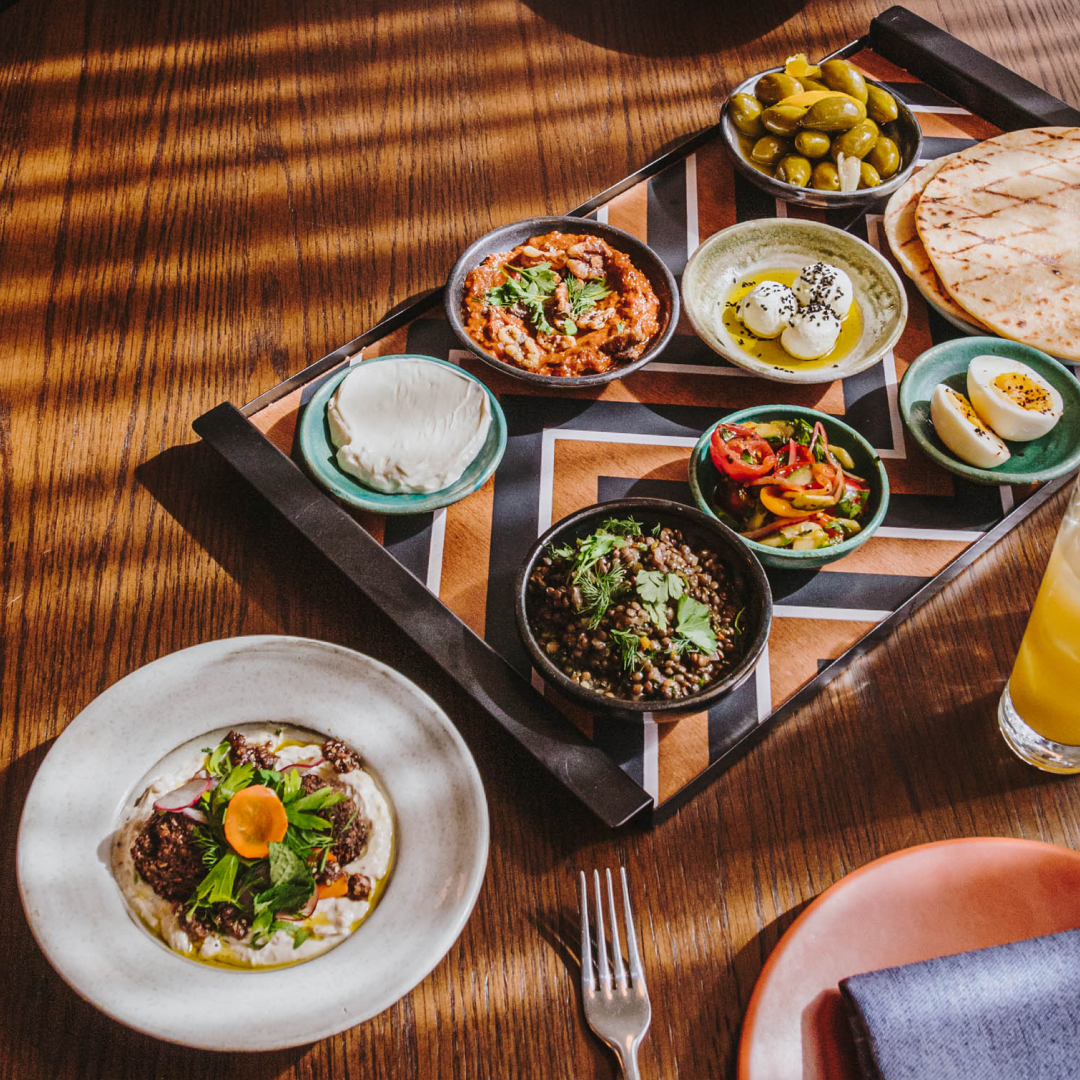Devoted regulars can make the difference between a restaurant that survives and one that thrives. Loyalty lies at the heart of the relationship between a regular and a restaurant, and it doesn’t happen by magic. It’s built over time in countless ways.
Loyalty programs are one tool you can use. The benefits of these programs go both ways: guests love participating, and research from Paytronix shows these programs can increase engagement. A majority of restaurant guests say they believe that loyalty and rewards programs will be critical to restaurants’ success going forward. And guests will increase their spending at restaurants when loyalty or rewards programs are offered, according to the Paytronix research. It’s a classic win-win strategy for success.
A formal loyalty program isn’t the only way to build loyalty among guests. OpenTable includes several tools to help you attract, track, and reward your devoted regulars.
Take advantage of loyalty integrations for a more complete picture
OpenTable has many partners in hospitality and tech that allow you to seamlessly integrate guest loyalty and hotel stay information into diner profiles. This rich 360-degree picture of guests empowers hotel restaurants to personalize service based on not only any past dining history but facts gleaned from their hotel stay as well.
For example, if a guest is staying in a luxury suite at the hotel, the restaurant team can recognize them at once as potentially big spending VIPs and offer a few upmarket perks that appeal to their established tastes.
Know where guests are coming from to boost their lifetime value
There are the regulars you know by face because you’ve seen them in the dining room or sitting at the bar a thousand times. And then there’s a less visible cadre of regulars you might not recognize: the takeout regular.
People who spend more time at the restaurant in person are more engaged and tend to spend more money. But this doesn’t mean takeout guests should be overlooked. Orders off-premise are expected to be a third of restaurant sales, according to Paytronix’s Restaurant Readiness Index. Going forward, you’ll be building many of your relationships with guests online through their takeout orders.
With digital ordering, you can learn a lot about a person, including their likes and dislikes. This makes it easy to offer a personalized discount on a dish you know they love or send a small gift from the kitchen you’re confident they’ll appreciate.
When you identify your big off-premises spenders via digital ordering, you can target them with personalized marketing that might draw them into the restaurant. If they visit, you’ll be able to offer the kind of VIP treatment that increases how often they visit, how much they spend, and overall lifetime visits.
Even if they never cross over from takeout to dine-in guests, it’s still worth using the information available to treat them as valued regulars. They’ll notice that special attention, and you’ll strengthen their loyalty.
Build and segment your guest database for smart marketing
By now you likely understand the importance of growing your own diner database. With the changing algorithmic winds of social media, you want to be able to reach guests directly. What’s less obvious is the value of segmenting that database. If you don’t have one already, iron out a consistent process for tagging your guests in useful categories.
For example, when you know who spends the most on wine, you can send a special personalized invitation to an upcoming pairing dinner featuring vintages from a prominent winery. Or maybe people who have historically booked 9 p.m. or 10 p.m. tables would want to know that you’ve extended your late-night hours. The ability to fine-tune your marketing to this degree depends on accurate, consistent tagging and segmenting of your guests.
When it comes to building loyalty, tools and strategy matter. Use these tips to create your own playbook for expanding and strengthening the regulars who fuel your restaurant’s success.




